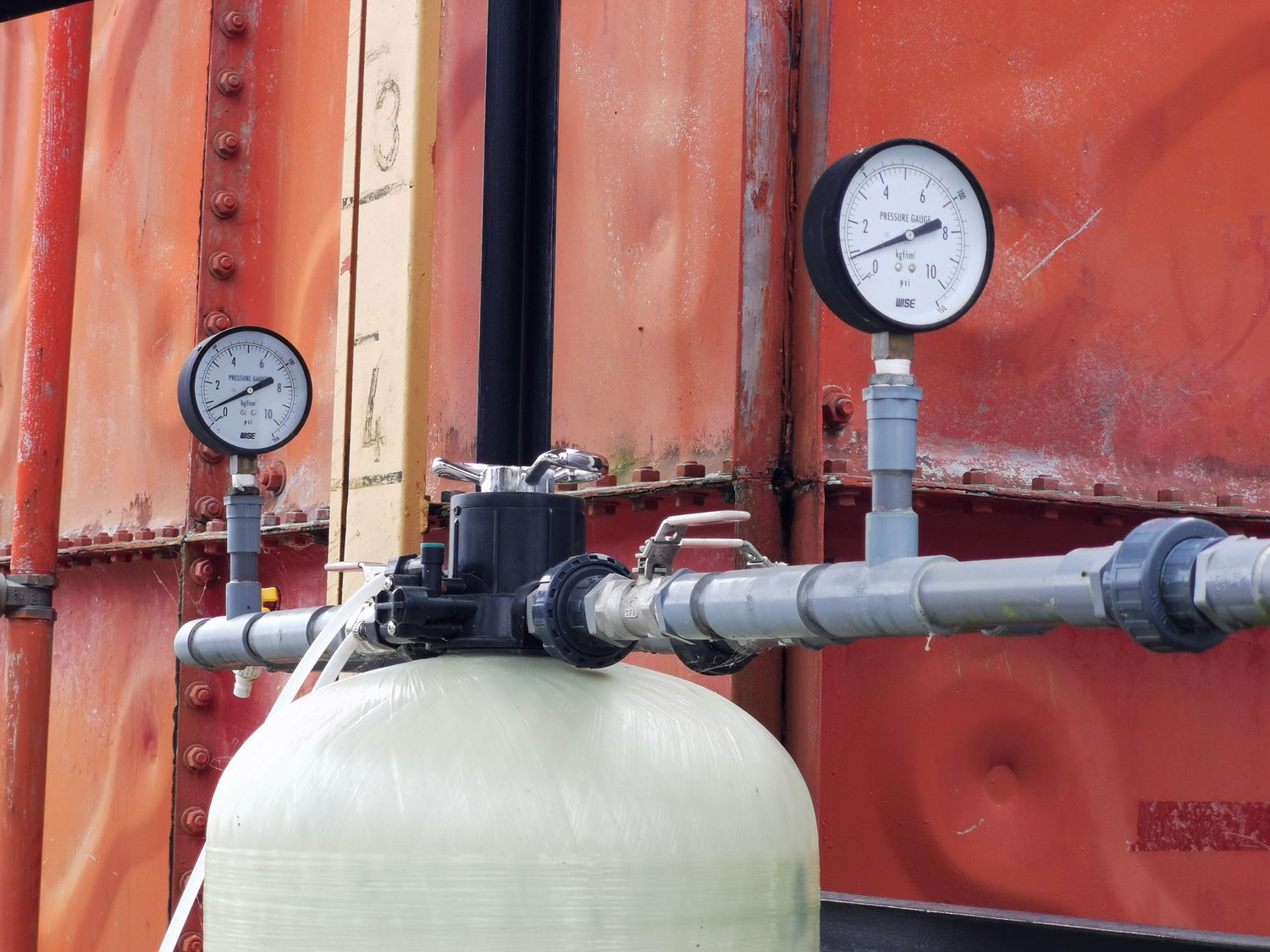When your well pump starts cycling on and off frequently, it’s more than just an annoyance – it can signal underlying issues that might compromise the efficiency of your entire water system. Unraveling the reasons behind this erratic behavior and finding effective solutions are crucial for homeowners and plumbing enthusiasts striving to maintain a seamless and reliable water supply.
- Discover common causes like a faulty pressure switch or a damaged pressure tank that lead to frequent pump cycling.
- Learn how to diagnose pressure tank issues through signs such as inconsistent water pressure and unusual noises.
- Explore practical solutions, including adjusting pressure switch settings and regular tank maintenance, to ensure your well pump operates smoothly.
Understanding these dynamics not only empowers you to tackle immediate problems but also helps prevent future disruptions. Dive deeper into each solution to keep your water system running efficiently and share insights or seek advice to optimize your home’s water supply.
Common Causes of Well Pump Cycling On and Off
Frequent cycling of your well pump can be a sign of underlying issues in your water system. Understanding the common causes can help in identifying and resolving the root of the problem efficiently.
One of the primary contributors to well pump cycling is a faulty pressure switch. The pressure switch is responsible for regulating the on and off cycles of the pump, based on water pressure levels. A malfunctioning switch, often due to wear or electrical issues, can cause the pump to cycle more than necessary.
Another potential cause is a damaged pressure tank. Over time, the internal components of the tank can degrade, leading to loss of pressure control and frequent pump activation. A damaged bladder or diaphragm in the pressure tank can disrupt the balance needed to maintain consistent pressure.
A waterlogged tank is also a frequent culprit. This occurs when excess water in the tank prevents air from compressing properly, leading to erratic pump cycling. Regularly checking and draining the tank can prevent this issue.
Addressing these causes requires both a keen eye for detail and a basic understanding of your water system’s mechanics. Proper maintenance and timely interventions can substantially reduce the incidence of pump cycling and enhance the longevity of your well system.
Diagnosing Pressure Tank Issues
To diagnose pressure tank issues accurately, it’s crucial to pay attention to specific indicators of failure. Among the most common signs are inconsistent water pressure. This occurs when the pressure tank fails to maintain the necessary pressure, causing fluctuations in water output.
Unusual noises, such as hissing or banging from the tank, can also signal issues. These sounds often indicate air leaks or the presence of water where it shouldn’t be within the tank. Such conditions lead to imbalanced pressure and irregular pump operation.
Further indications include the rapid cycling of the well pump. If the pump is turning on and off more frequently than usual, it’s likely due to a compromised pressure tank failing to store and release water properly.
Effective troubleshooting of these pressure tank problems requires inspecting the system for leaks and ensuring that all mechanical parts are functioning correctly. Routine maintenance, such as verifying the integrity of the tank’s bladder and checking for leaks, can prevent more severe issues and maintain a steady water supply.
Effective Pressure Tank Solutions for Well Pump Cycling
Ensuring your well pump operates efficiently is essential, especially when addressing issues like frequent cycling. Understanding how to adjust key components of your water system can lead to significant improvements in performance and cost-effectiveness.
One of the first steps in resolving pump cycling issues is to adjust the pressure switch settings. The pressure switch controls when the pump turns on and off by monitoring the tank’s pressure levels. If it’s not set correctly, it can cause the pump to cycle too often. Adjusting the cut-in and cut-out pressure settings on your pressure switch can make a substantial difference. For optimal performance, the pressure settings should generally be 20 PSI apart, such as 30/50 PSI or 40/60 PSI, depending on your system requirements.
Another critical factor is recognizing a faulty pressure tank. Over time, your pressure tank’s bladder or diaphragm can deteriorate, leading to waterlogging. A waterlogged tank reduces the ability of your pressure tank to maintain the correct pressure, causing the pump to switch on and off repeatedly. If you identify this issue, you may need to replace the pressure tank entirely to prevent further cycling problems.
Routine pressure tank maintenance plays a vital role in the longevity and efficiency of your water system. Regular checks should include inspecting the air charge in the tank and ensuring there are no leaks in the system. Maintaining accurate air pressure can prevent the tank from becoming waterlogged and help the well pump function smoothly.
Lastly, proper installation of the pressure tank is crucial. If your tank was not installed correctly, it might not function as intended. Make sure that it’s securely mounted, the necessary connections are tight, and any plumbing components such as valves are in good condition.
By considering these pressure tank solutions, you can help prevent your well pump from cycling excessively. Proactively addressing these issues not only prolongs the life of your pump but also ensures a consistent water supply for your home.
Frequently Asked Questions About Well Pump Cycling & Pressure Tanks
What causes a well pump to cycle on and off frequently?
Common causes include a faulty pressure switch, a damaged pressure tank, or a waterlogged tank.
How can I tell if my pressure tank has issues?
Look for inconsistent water pressure or unusual noises as key indicators of pressure tank problems.
Can a faulty pressure switch affect my well pump?
Yes, a malfunctioning pressure switch can cause improper cycling, affecting the pump’s operation.
What is a waterlogged pressure tank, and how does it affect the pump?
A waterlogged tank lacks the air cushion needed, causing the pump to cycle frequently and inefficiently.
What are effective solutions for fixing well pump cycling issues?
- Adjust the pressure switch settings
- Replace a faulty pressure tank
- Ensure proper tank maintenance
How often should I maintain my pressure tank?
Regular maintenance is crucial and should be performed at least annually to ensure efficient operation.
Can I fix pressure tank issues myself?
Simple issues like adjusting the pressure can be DIY, but complex problems might require professional assistance.





